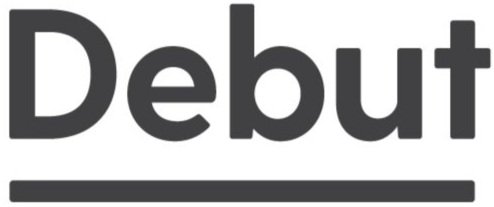"We Interrupt Your Regularly Scheduled Programming..." - What Virtual Event Organizers Can Learn From Television
You know those newsletter-type emails you get everyday? The ones from companies you haven’t interacted with in years, trying to sell you things you don’t need? Yeah, us too. We received one today with the headline “You’re still sick of boring ‘virtual events’, right?” and it touched a nerve. It doesn’t have to be this way! Virtual events can be engaging and, dare we say it, enjoyable when they’re produced using the correct techniques. As an organizer, you can help stop this terrible stereotype by incorporating some old television tricks into your next event. We promise, your audience won’t want to change the channel.
"Holy Distractions, Batman!" – Robin
The average viewer watches TV intermittently. In general, we have the TV on while we focus on other tasks such as meal prep, work and taking care of our kids. A study in the Journal of Consumer Research has even shown that background noise at approximately 70 decibels, or the “normal level” of a TV, can actually improve our creativity and performance doing those other tasks (Mehta, 2012).
The COVID pandemic continues to alter the way we work, and for most of us, that means working from home. A home full of distractions, unfinished chores and screaming children. Unless your audience is providing continuous input or you’ve set the expectation that they may be called out unexpectedly, you should expect that your virtual audience, much like a TV audience, is tuned out..
Television producers understand this behaviour and counteract it by relying heavily on sound. In fact, the sound practices they use in the production of TV’s primary genres (including news, game shows, sitcoms, etc.) were adapted from their predecessors in radio. By using sound, they allow viewers to follow the program even if they are not watching the images. They can also draw your attention away from surrounding objects and back to the screen.
"And now you know the rest of the story." - Paul Harvey
TV producers tend to amplify sounds when they want us to listen. (Stadler, 2020) By employing laugh tracks and raising the volume of commercials, producers are able to direct the viewer’s attention and influence their responses.
Many commercials open with an attention-grabbing sudden, loud, dissonant, or fast sound, such as a phone ringing or peppy music. This is especially important for cluttered digital environments in which the audience often is preoccupied and multitasking. For these listeners, most of the information being processed is incidental or accidental, so advertisers must signal that the commercial is an “important” event (Craton, 2017).
Take for example, this Nike Air commercial featuring Michael Jordan and John McEnroe. It successfully grabs consumers’ attention using the introduction to the Beatles song “Revolution” with a loud, distorted electric guitar riff followed immediately by a signature John Lennon primal scream. It sure got our attention.
As a virtual event planner, you can use this technique to reorient the viewer’s attention at important moments like the appearance of a guest speaker or when key points are presented.
"Here it is, your moment of Zen" - Jon Stewart
While TV producers want to command attention during commercial breaks, we actually want to signal to our virtual event audience that they have permission to disengage. Research shows that attention and learning are improved during lectures that are punctuated by well-timed breaks (Lenz, 2015). It’s especially important in a virtual environment where attention is even harder to maintain (Geri, 2020). Your viewers will inevitably switch off sooner or later. Take control by scheduling time for your audience to zone out and give clear signals to highlight those times.
You’re probably familiar with Pavlov and his famous dog. Pavlov was able to create expectations based on reoccurring patterns. In his case, it was the bell and the dog’s saliva. We can use this same principal to our advantage. Conditioning occurs when we use a piece of music which is consistently paired with a stimuli to form an association. This is why TV news segments each have their own soundtracks or sound effects. When we hear the same music, we unconsciously know what to expect next (Craton, 2017).
To apply this to our online world, by using the same music during intermissions we can create a conditioned association. Our viewers will instantly know it’s time to switch off or take a bathroom break without having to actively think or use any additional cognitive energy.
"Stay classy, San Diego." - Ron Burgundy
Another reason TV producers place music between news show segments is to create a sense of flow. Awkward silence or skipping between speakers and clips would feel jarring without a soundtrack. In addition, we break the spell of audience attention and expend unnecessary energy by using abrupt and frequent changes as our audience reorients to a whole new context.
Audio transitions, usually musical, provide continuity between shots and allow viewers to stay focussed on the content. This technique is used in everything from sitcoms to talk shows or documentaries. If you have the ability and technical capability, try adding transitions to your virtual event. They can even serve dual purpose and be used to create additional brand recognition or a sonic identity.
Naturally, blending sound techniques and tricks into your next online event will take planning and practice. Start slow and simple. As you get more comfortable with the integration, we have no doubt that your audience will tune in more often.
"Good night, and good luck” – Edward R. Murrow


